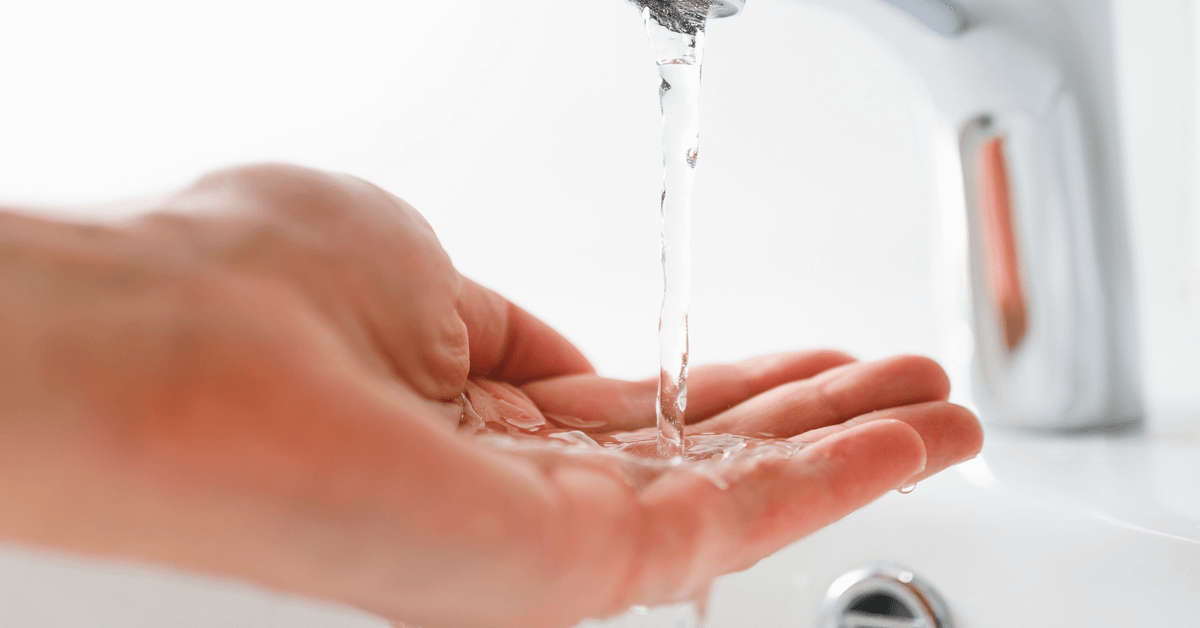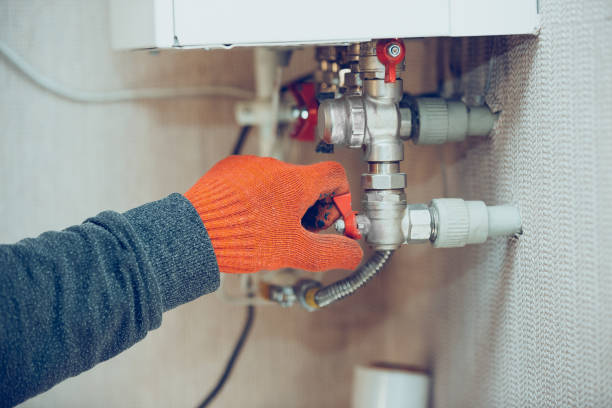Tested Methods for Dealing with Low Water Pressure in Your Home
CallHow do you actually feel in relation to Low Water Pressure in the House??

Low tide stress in your house can be a discouraging problem, affecting whatever from showering to cleaning dishes. If you're experiencing weak water flow, there are several possible causes and remedies to check out. In this guide, we'll talk about usual reasons for low water pressure and functional actions to resolve the problem effectively.
Intro to Low Tide Stress
Low tide pressure takes place when the circulation of water from your faucets, showers, and various other components is weak than common. This can make day-to-day jobs much more difficult and much less effective. Comprehending the reasons for low water stress is crucial to locating the right remedy.
Usual Causes of Low Tide Stress
Pipeline Obstructions
Gradually, pipelines can become clogged with natural resource, debris, or debris, restricting the circulation of water. This is a common issue in older homes with galvanized steel pipes.
Rust
Deterioration within pipes can result in leaks and decreased water stress. Corrosion build-up can tighten water flow, especially in maturing plumbing systems.
Faulty Stress Regulatory Authorities
Pressure regulatory authorities are responsible for maintaining constant water pressure in your home. If they malfunction, it can lead to low water stress or unequal flow throughout the house.
Local Water System Issues
Often, the issue lies outside your home. Local water supply concerns, such as main line leaks or maintenance work, can temporarily decrease water pressure in your area.
Exactly How to Identify Low Water Pressure
Checking Taps and Fixtures
Beginning by examining the water stress at different taps and components throughout your home. If the problem is isolated to certain locations, it might show localized problems.
Examining Pipelines
Inspect noticeable pipes for indications of leakages, rust, or blockages. Take notice of any kind of uncommon audios, such as banging or rattling pipelines, which might indicate problems within the plumbing system.
Consulting with a Plumber
If you're unable to pinpoint the root cause of low tide stress, take into consideration employing an expert plumber to perform an extensive examination. They can determine underlying problems and advise proper remedies.
Do It Yourself Solutions to Fix Low Water Stress
Cleaning Up Aerators and Showerheads
Natural resources can build up in aerators and showerheads, minimizing water circulation. Eliminate and clean these elements consistently to improve water pressure.
Flushing Hot Water Heater
Debris buildup in the water heater can limit circulation and decrease performance. Purging the storage tank periodically helps eliminate sediment and keep optimal performance.
Examining Pressure Regulator
Make sure that the pressure regulator is working correctly. Readjusting or replacing the regulatory authority can assist bring back appropriate water pressure throughout your home.
Clearing Up Clogs in Pipeline
For minor clogs, attempt utilizing a plumbing snake or chemical drain cleaner to clear blockages in pipelines. Be cautious when using chemicals and adhere to safety and security guidelines.
When to Call a Specialist Plumber
If DIY efforts stop working to deal with the issue or if you believe significant plumbing troubles, it's ideal to look for aid from an accredited plumber. They have the knowledge and devices to address complicated problems securely and successfully.
Safety Nets to Keep Water Stress
Routine Maintenance
Schedule routine maintenance for your plumbing system to stop problems such as deterioration, leaks, and obstructions. Addressing small issues early can aid prevent even more considerable repairs later on.
Installing a Stress Booster
Think about installing a pressure booster pump to improve water pressure in areas with regularly low flow. This can be particularly advantageous for multi-story homes or residential properties with high-demand fixtures.
Tracking Water Usage
Bear in mind water use routines and stay clear of ill-using the plumbing system. Basic modifications, such as shocking showers and washing loads, can aid preserve adequate water pressure.
Conclusion
Handling low tide stress can be discouraging, yet identifying the underlying causes and implementing ideal options can recover optimal circulation throughout your home. Whether it's cleaning up aerators, inspecting pipes, or speaking with a plumber, taking positive actions can make certain a stable supply of water for your day-to-day requirements.
How to Fix Low Water Pressure In Your Home
Municipal Water Supply Issues
Scheduled maintenance, high demand, and water main breaks are all potential causes for low water pressure within a city or county’s water lines. While there’s not much you can do to personally fix a problem with your city or county’s water supply system, you can play a big role in documenting the issue and alerting those who can.
How to fix it:
Ask your neighbors if they are experiencing any issues with low water pressure. If multiple homes are affected, it’s likely related to the city’s water line.
Contact the local Water Authority to see if there is any maintenance taking place that might be affecting your supply. Also let them know of your specific issues. If other homeowners report the same issues, they’ll know that there could be a larger issue to look into.
Faulty Fixtures
A damaged or clogged shower head, faucet or appliance is the first thing we’d suggest checking, especially if low water pressure appears to be isolated to a specific area of your home.
How to fix it:
First, turn off the main water supply to your home.
Check the affected appliances for build-up or debris. In the case of a faucet, you can simply unscrew the aerator at the tip of the faucet. Showerheads should be fully detached from the water pipe.
While the appliances are detached, you may want to check the water supply to determine if the fixtures were in fact the issue.
To clean, soak the showerhead or aerator in vinegar and brush off any visible debris.
Reattach the fixtures and check the water pressure again. If it is still low, there is likely a deeper issue at hand, which can be determined by a professional plumber.
Pipe Obstructions
Mineral deposits, rust or other debris within water pipes can lead to blockages or corrosion over time.
How to fix it:
When you think of a clog, you probably think of a drain clog. While there are many DIY solutions to clearing a drain, clogs in a water pipe will almost always require the help of a professional plumber. A plumber will be able to locate the affected pipe and clean out any debris or mineral deposit buildup. In severe cases, the pipe may need to be replaced. Your plumber might also recommend a water softening system to remove the minerals from your home’s water supply that can contribute to pipe blockages over time.
Plumbing Leak
Undetected water line leaks can divert water away from your residential pipes, reducing the water pressure in your fixtures.
How to fix it:
Check your water meter by turning off all water sources and monitoring the meter for any movement, which could be a clear indicator of a potential leak.
Check all visible pipes for signs of leaking, including water stains, active dripping or damp spots around the pipe.
Inspect fixtures, including faucets and showerheads, for any drips.
Test the pressure but recording the pressure with the main water valve shut off. Leave off for a few hours and test again. A significant drop in pressure is a clear sign of a leak.
https://kiddcoplumbing.com/plumbing-blog/how-to-fix-low-water-pressure/

How to Fix Low Water Pressure In Your Home
Municipal Water Supply Issues
Scheduled maintenance, high demand, and water main breaks are all potential causes for low water pressure within a city or county’s water lines. While there’s not much you can do to personally fix a problem with your city or county’s water supply system, you can play a big role in documenting the issue and alerting those who can.
How to fix it:
Faulty Fixtures
A damaged or clogged shower head, faucet or appliance is the first thing we’d suggest checking, especially if low water pressure appears to be isolated to a specific area of your home.
How to fix it:
Pipe Obstructions
Mineral deposits, rust or other debris within water pipes can lead to blockages or corrosion over time.
How to fix it:
When you think of a clog, you probably think of a drain clog. While there are many DIY solutions to clearing a drain, clogs in a water pipe will almost always require the help of a professional plumber. A plumber will be able to locate the affected pipe and clean out any debris or mineral deposit buildup. In severe cases, the pipe may need to be replaced. Your plumber might also recommend a water softening system to remove the minerals from your home’s water supply that can contribute to pipe blockages over time.
Plumbing Leak
Undetected water line leaks can divert water away from your residential pipes, reducing the water pressure in your fixtures.
How to fix it:
https://kiddcoplumbing.com/plumbing-blog/how-to-fix-low-water-pressure/
I recently found that article on 4 Ways to Troubleshoot Low Water Pressure while doing a lookup on the search engines. Liked our blog? Please quickly share it. Help someone else locate it. Thanks for going through it.
Call Today